What is a Neutropenic Diet?
A neutropenic (nu-tro-PEE-nik) diet is for people with weakened immune systems. This diet helps protect them from bacteria and other harmful organisms found in some food and drinks. If your immune system is not working well, your body may have a hard time protecting itself from these bacteria. Cooking foods (like beef, chicken, fish, and eggs) completely makes sure that all bacteria are destroyed.
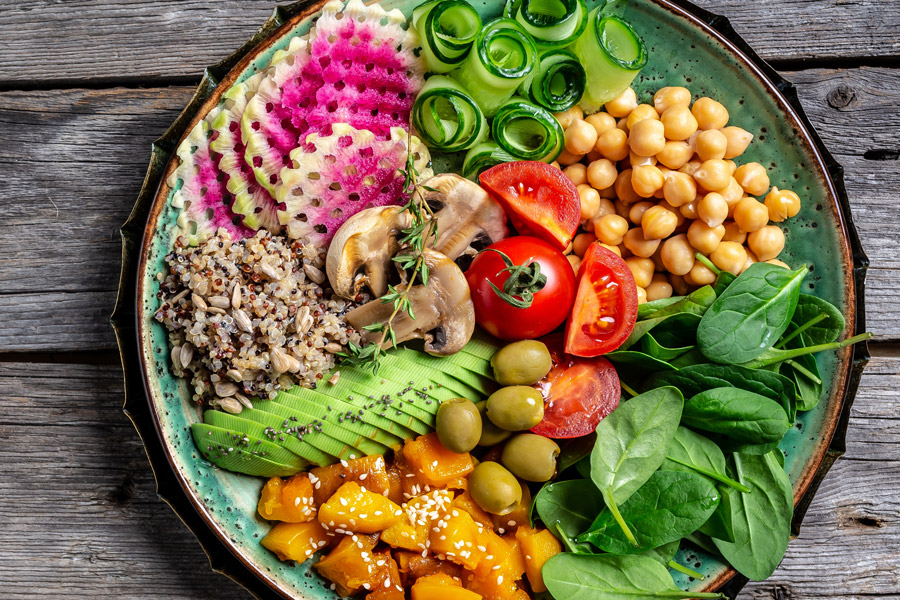
WHO NEEDS TO FOLLOW A NEUTROPENIC DIET?
Doctors often recommend this diet before and after certain types of chemotherapy and other cancer treatments. A blood test called an absolute neutrophil count (ANC) can help determine the body’s ability to fight off infection. Many cancer patients have this blood test done routinely. When the ANC is less than 500 cells/mm3, the patient is often instructed to follow a neutropenic diet. This diet should be followed until the doctor tells the patient to resume his or her regular diet.
Patients undergoing autologous stem cell transplants typically follow this diet during the pre- transplant chemotherapy and for the first 3 or more months after transplant. Patients undergoing allogeneic stem cell transplants typically follow this diet during the pre-transplant chemotherapy and continue on it until they no longer take immunosuppressive drugs. The transplant team will tell the patient how long to follow this diet.
People who have had an organ transplant or who are being treated for HIV/AIDS also may need to follow this diet. If you are not sure if you should follow this diet, check with your doctor, nurse, or dietitian.


WHO NEEDS TO FOLLOW A NEUTROPENIC DIET?
Below is a list foods foods you should choose when you are on a neutropenic diet. Foods you should avoid are also listed.
PLEASE CHECK WITH YOUR DOCTOR, NURSE, OR DIETITIAN IF YOU HAVE QUESTIONS ABOUT THE DIET OR SAFE FOOD PREPARATION.
- Avoid all fresh fruits and vegetables, including all fresh garnishes. Cooked vegetables, canned fruits, and juices are fine.
- Avoid raw or rare-cooked meat, fish, and eggs. Meat should be cooked to the “well- done” stage. All eggs should be thoroughly cooked (no runny yolks).
- Avoid salad bars, fruit bars, and deli counters. Buy vacuum-packed lunch meats rather than freshly sliced meats.
- Avoid raw nuts. You may eat baked products with these ingredients.
- Make sure all of the dairy products you eat are pasteurized.
- Avoid yogurt and yogurt products with live and active cultures.
- Be safe in the way you handle foods. Wash your hands before handling food. Wash all surfaces, cutting boards and cutting utensils thoroughly. Keep hot food hot and cold food cold.
- At home, you may use tap water. If you choose to use bottled water, be sure it is labeled as follows:
- Reverse osmosis or
- Distillation or
- Filtered through an absolute1 micron or smaller filter
- Well water is OK if it is boiled for at least 1 minute.
FOODS FOR A SUCCESSFUL NEUTROPENIC DIET
Beverages

- Instant and brewed decaf or regular coffee and tea
- Individual cans or bottles of carbonated beverages
- Tap, bottled and distilled water. Ice cubes made with tap water
- Brewed herbal teas
- All canned, bottled and powdered beverages and sports drinks

- Any others, such as cold brewed tea or sun tea
Starches (including breads, crackers, cereal, and potatoes)

- All types of bread, rolls, English muffins, fruit muffins, bagels, sweet rolls, donuts
- Waffles
- French toast, pancakes
- Potato chips, corn chips, tortilla chips, pretzels, popcorn, crackers, melba toast
- All types of cooked and ready-to-eat cereals
- Cooked grains, rice, and pasta, such as noodles, macaroni, and spaghetti
- Cooked white or sweet potatoes and yams, French fries, tater tots, hash browns, etc.

- Breads and rolls with raw nuts
- Cereals containing raw nuts
- Raw oats
- Uncooked pasta, pasta salad, or potato salad with raw vegetables or eggs
Dairy Products

- Pasteurized milk; fat-free milk, 2% milk, whole milk, buttermilk, or chocolate milk
- Sour cream
- Milkshakes using individual cartons of ice cream and milk, or homemade milkshakes
- Commercial eggnog
- Commercial supplements such as instant breakfast drinks. Liquid and powdered drinks
- Commercial frozen milkshakes
- Refrigerated and frozen pasteurized whipped topping

- Unpasteurized milk or yogurt
- Milkshakes made with non-commercial ice cream or made in a blender
- Yogurt or soft ice cream from a machine
- Eggnog made with raw eggs
- Yogurt and yogurt products made with live and active cultures
Cheese

- Commercially packaged cheese (for example, American, Swiss, Parmesan, mozzarella, cheddar)
- Pasteurized cottage cheese, ricotta cheese
- Processed cheese (for example, Velveeta)

- Unpasteurized and raw milk cheese
- Cheeses with molds (for example, blue, Gorgonzola, Roquefort, and Stilton cheeses)
- Soft cheeses (for example, Brie, Camembert, feta, farmer cheese)
- Cheeses containing uncooked vegetables
- Mexican-style cheeses, such as queso fresco and queso blanco
Desserts (and other sweets)

- Cakes, pies, and cookies
- Baked custard, pudding, and gelatin
- Commercial ice cream, sherbet, fruit ice, and Popsicles
- Refrigerated cream-filled pastries and desserts
- Candy, including chocolate
- Pasteurized honey and syrup
- Chewing gum

- Cakes with raw nuts. Raw, un-baked cookie dough
- Soft ice cream or yogurt from a machine
- Non-commercial or homemade ice cream or sherbet
- Cream-filled pastries that are not refrigerated
- Candy with raw nuts
Fats

- Butter or margarine
- Cream cheese, sour cream, salad dressings, or mayonnaise
- Oil (all types)
- Shortening used in cooking
- Non-dairy creamers

- Avocado dressing
- Fresh salad dressing containing aged cheese, raw eggs, or fresh herbs
Meat (Includes fish, poultry, dried beans, eggs, meat substitutes, and soups)

- Well-cooked meats, beef, lamb, pork and pork products, poultry, game, fish, shellfish, hot dogs, sausage, bacon
- Canned tuna or chicken (with no raw vegetables)
- Cooked baked beans and all other cooked legumes, dried beans, casseroles, stews, and entrées
- Frozen entrées
- Pasteurized or cooked tofu
- Eggs, well-done
- Pasteurized egg substitutes (for example, Egg Beaters) and powdered eggs
- Canned and homemade soup (heated well)

- Rare or medium-rare cooked meat, fish, or poultry
- Stir-fried foods
- Cold cuts from delicatessens
- Cold meat or poultry
- Fast food
- Raw eggs
- Eggs not well-cooked, such as sunny-side-up (runny yolk)
- Old soups and gazpacho, all miso products such as paste and soup
- Sushi
- Sashimi
Vegetables

- All well-cooked canned, frozen or fresh vegetables
- Canned vegetable juices

- All raw vegetables
- Stir-fried vegetables
- Fresh salads
- Fresh sauerkraut
Miscellaneous

- Individual packages of salt, sugar, and pepper used after cooking
- All other herbs or seasonings added during cooking
- Low-sodium seasoning added during cooking
- Gravy and cream sauce
- Commercial peanut butter. Jam and jelly
- Commercial pickles processed in jars or cans
- Lactaid drops
- Canned or bottled roasted nuts
- Nuts in baked goods
- Shelled, roasted nuts

- Spices, herbs, or seasonings added to foods after cooking (except for allowed items)
- Uncanned or home-canned pickles and kosher pickles
- Freshly made peanut butter
- Hollandaise sauce
- Raw nuts
- Roasted nuts in shell
Dietary Supplements

- Commercial high-calorie/high-protein drinks, puddings, and snack bars if approved by a doctor or nurse

- Supplements and vitamins (unless approved by a doctor or nurse)
SAMPLE DIET FOR A SUCCESSFUL NEUTROPENIC DIET
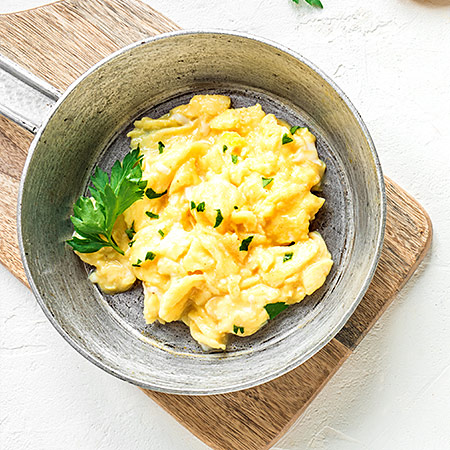
BREAKFAST
- 1- large egg scrambled
- Medium biscuit with 1tsp butter and 1 tsp Jelly
- 1/2 cup apple juice
- 1/2 cup 2% milk
- Coffee or tea
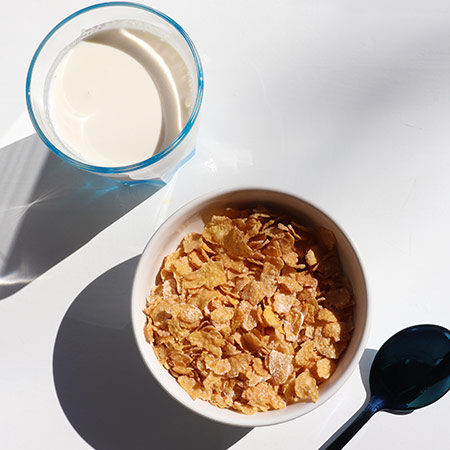
MORNING SNACK
- 1 cup dry cereal
- 1 cup 2% milk
- 2 Tbsp dried fruit
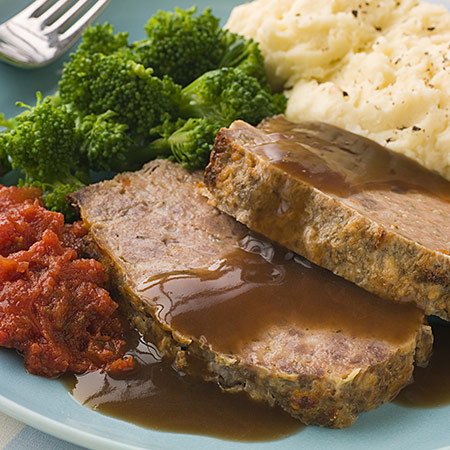
LUNCH
- Baked Meat loaf/ gravy
- 1/2 cooked corn
- 1/2 cup canned peaches

AFTERNOON SNACK
- 1 cup of milkshake or high-protein drink
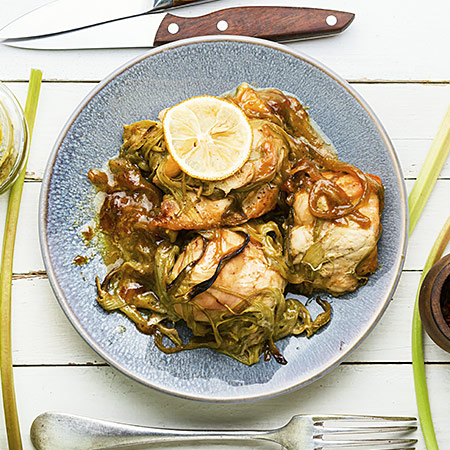
DINNER
- 3 ounces Baked or Roasted Chicken
- 1/2 cup oven fried potatoes
- 1/2 cup glazed carrots
- Dinner roll with butter or margarine
- 1/2 cup fruit cocktail
- Coffee or tea

EVENING SNACK
- Slice pound cake with whip topping
